► OUR EVOLUTION
Serving Young People Since 1976
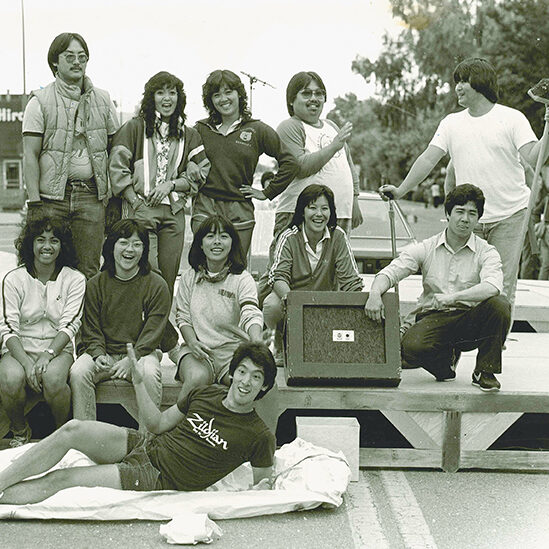
► IN THE BEGINNING
EBAYC was founded in 1976 in Berkeley by Japanese, Chinese, and Filipino American youth.
Then known as the Asian Drop-In Center, these youth sought to create a culturally-affirming space where Asian American youth could connect with peers and caring adults. The Asian Drop-In Center closed in 1978 immediately following the passage of California Proposition 13. The group was reorganized in late-1979 as the Berkeley Asian Youth Center (BAYC).
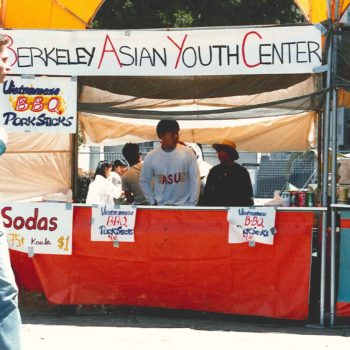
►Responding to a Growing Community
The end of U.S. military intervention in Vietnam and the colossal human rights crisis in Cambodia spurred multiple waves of mass migration of Southeast Asian refugees to the United States.
As a very small organization, we responded to the moment as best we could by creating English language tutorial programs, recreational activities and field trips, and summer employment. Impacted by war, resettlement, and family upheaval, many Southeast Asian youth became both victims and perpetrators of gang-related violence. Hundreds entered into the juvenile and adult criminal justice systems. In 1988, we launched multilingual outreach, intensive care management, and life coaching services targeting Southeast Asian refugee youth impacted by violence and incarceration. Much of this work was based in Oakland.
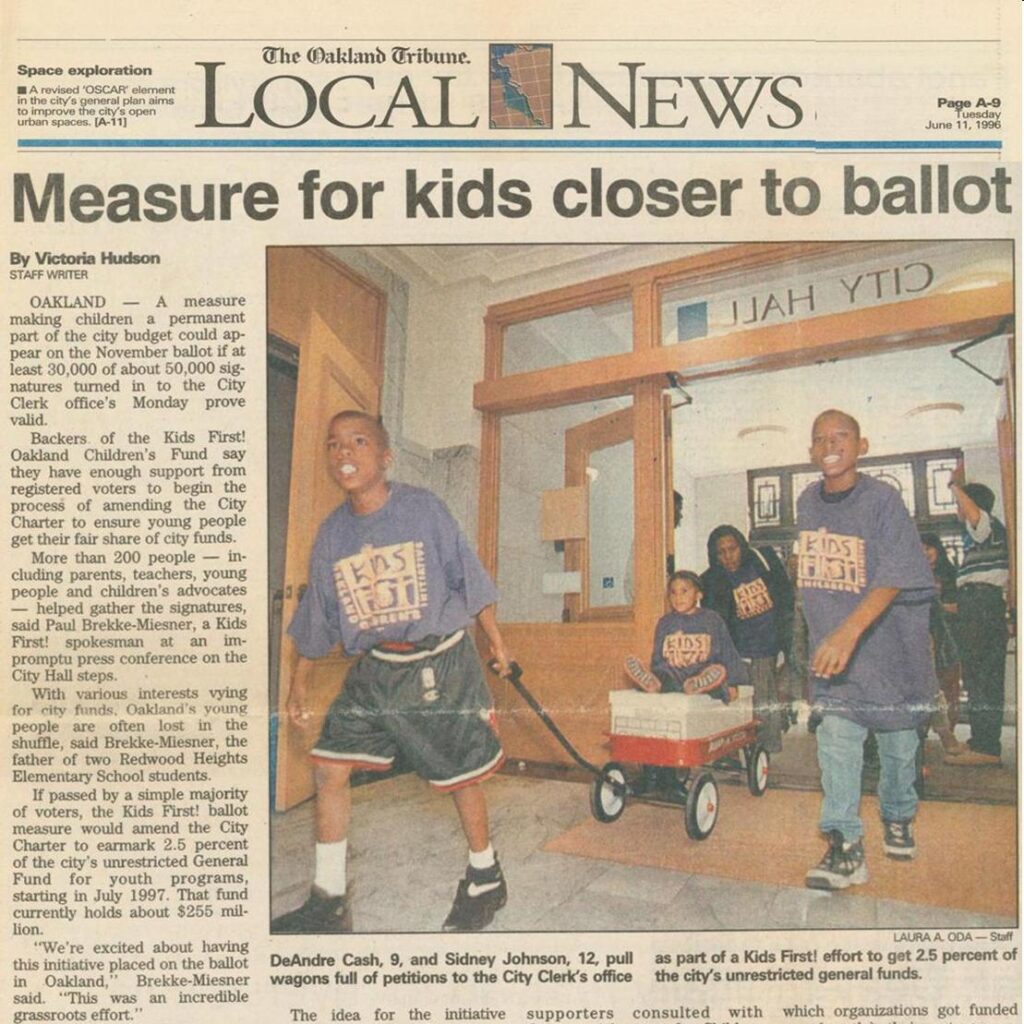
►Addressing Youth Violence & Incarceration
Our focus throughout the 1990’s was to reduce and prevent violence among Southeast Asian youth.
We moved from South Berkeley to Oakland’s San Antonio neighborhood, and we became the East Bay Asian Youth Center (EBAYC). We expanded our life coaching/care management strategy to include working partnerships with Alameda County Probation Department and junior high and high schools serving the Chinatown, San Antonio, and Fruitvale communities. In 1995, we worked with People United for a Better Oakland, Narcotics Education League’s Centro de Juventud, and the West Oakland Violence Prevention Project to create the Kids First Coalition and the 1996 Kids First ballot measure. Our ballot measure required the City of Oakland to dedicate 2.5% of its annual unrestricted revenue to fund new services and programs for children and youth. Known today as the Oakland Fund for Children & Youth, our measure generates over $20 million annually for children and youth services.
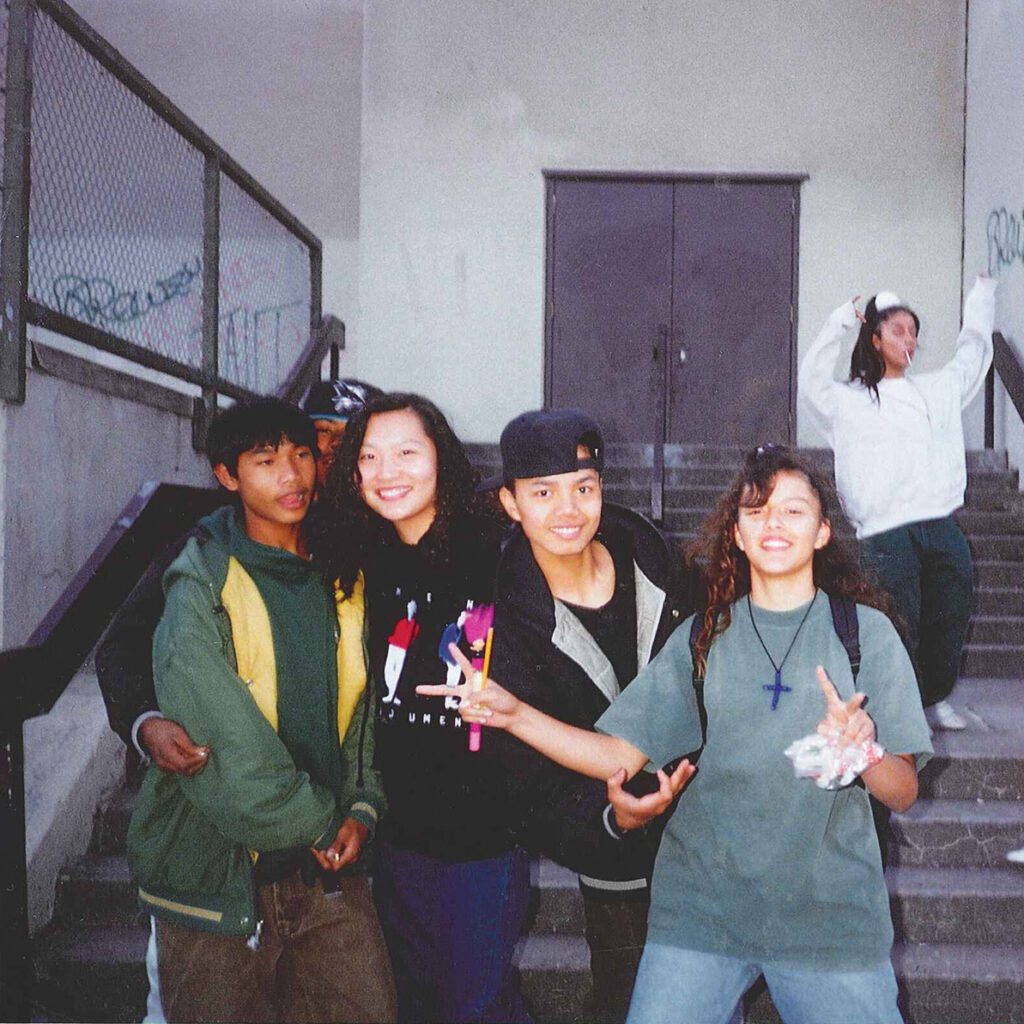
►Moving From Race to Place
By the late 1990’s, we began our transition from serving Southeast Asian youth exclusively to serving all youth in the San Antonio neighborhood.
This transition began with our establishment of the Roosevelt Village Center, an EBAYC/Roosevelt Middle School partnership to provide summer and after-school programming; implement alternatives-to-suspension; organize a parent leadership body; advocate for school safety improvements; and establish a school health center. During this period, we established expanded learning programming at four neighborhood elementary schools; founded and operationalized Garfield Family Resource Center programming at Garfield Elementary School; founded and operationalized Shop 55 (Oakland High School Wellness Center); and expanded our Life Coaching/Care Management strategy to serve all youth.
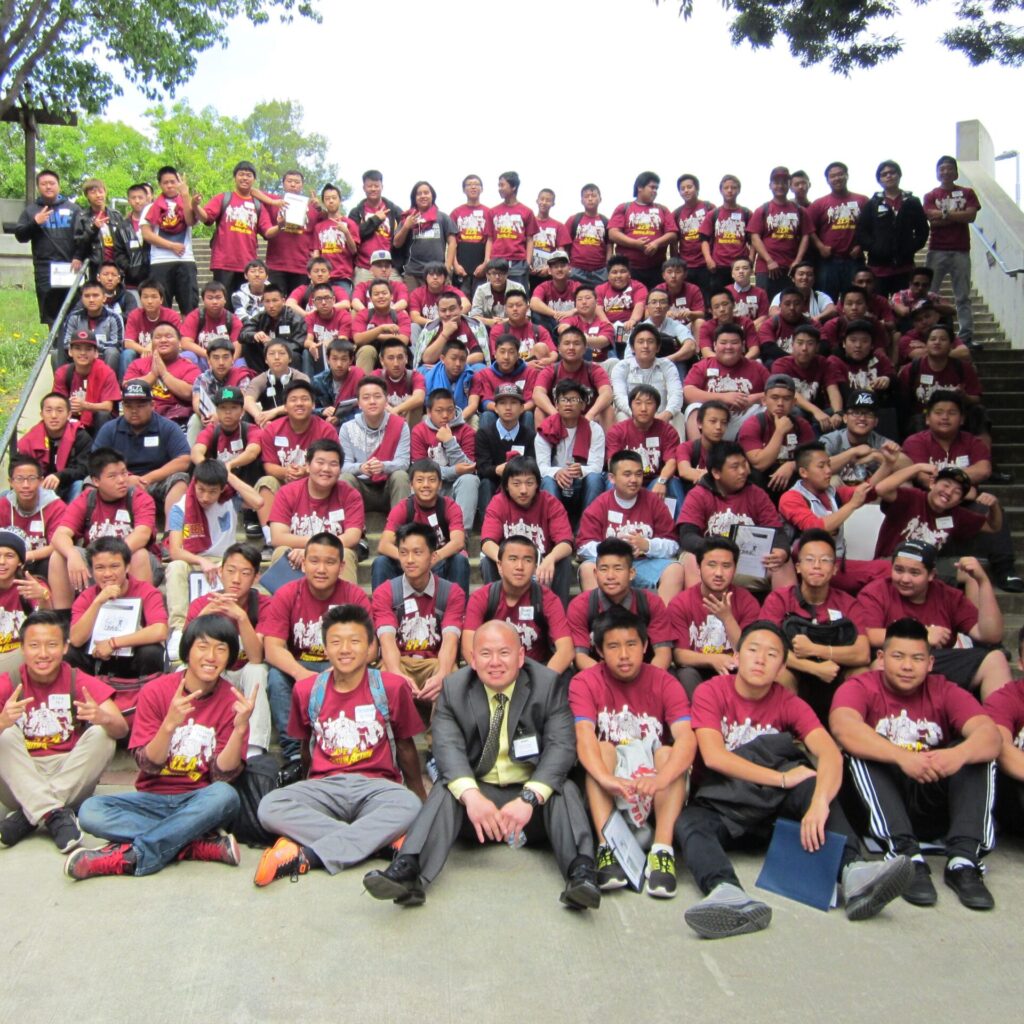
►Mergers & Expansions
The Great Recession negatively impacted the well-being of young people.
California State funding to public schools was reduced by nearly 25%, and the viability of children, youth, and family-serving nonprofit organizations was greatly challenged. In 2012, we merged with Oakland Asian Student Educational Services (OASES), a nonprofit youth development organization based in Oakland’s Chinatown. Together, we became a bigger and better organization, resulting in expanded programming and increased financial viability. In 2013, we initiated a collaboration with Oakland Community Organizations to create a local tax measure to pay for the creation of “wall-to-wall” career academies in every Oakland high school. This collaboration resulted in the passage of Measure N or the College & Career Readiness For All Act of 2014. Today, this measure generates $12 million annually for high schools and it is credited with facilitating major improvements in graduation rates, college readiness rates, and closing racial disparities. Finally, during this period, we started working in South Sacramento by engaging Southeast Asian youth in our Life Coaching and Peer Support & Leadership Development programs.
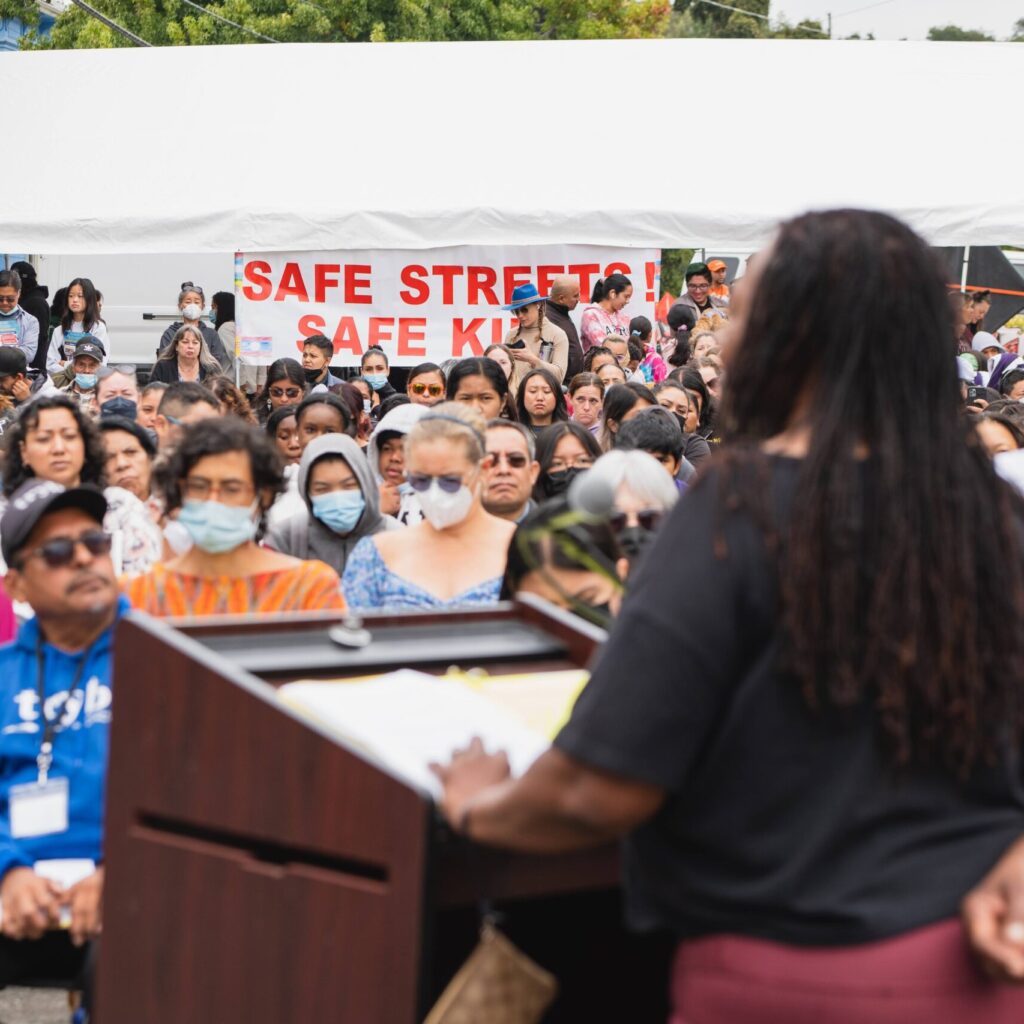
►Surviving the Global Pandemic
The COVID-19 Global Pandemic was a public health phenomenon that arrested the emotional, social, and educational development of young people.
We responded to the all-encompassing Shelter-In-Place Orders by serving young people through conducting virtual and in-person wellness checks; distributing food, hygiene supplies, and school equipment; providing emergency relief funds to families; and organizing small, socially-distanced learning hubs. Schools reopened in August 2021 following nearly 18 months of closure. We returned to full-time direct in-person services and programming. Our leadership role in the Sac Kids First Coalition led to the passage of the Measure L (Sacramento Children & Youth Health & Safety Act) in November 2022. Measure L requires the City of Sacramento to set-aside 40% of all cannabis business operations tax revenue to fund services that reduce and prevent youth substance abuse, mental illness, violence, and homelessness.
